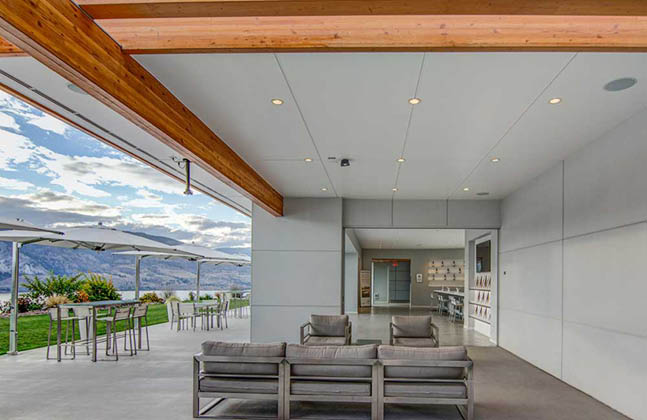There are several sectors that make up the Italian economy, two of the largest being tourism and wine production. The production of wine is so prolific that Italy is the top wine producing country in the world, ahead of both France and Spain, with each region of Italy having its own speciality.
Since 1993, when there were hardly more than 20 wineries accessible to tourists in Italy, wine tourism has grown rapidly to see more than 21,000 opening its doors to visitors. Of course, the number of these that are fully functional with bilingual staff, stores and educational centres are much lower, but this does not stop the high volume of tourists visiting each year.
Challenges of Wine Tourism
Opening a winery’s doors to the public means that the facility moves away from being just a processing plant and becomes a commercial, public zone that must adhere to strict health and safety regulations. Allowing members of the public to have access to any kind of processing facility comes with its own risks, such as the threat of injury from working machinery, slips or trips and exposure to unfamiliar and potentially dangerous apparatus.
Aside from making the winery safer for visitors, it also needs to be a welcoming space that will attract tourists from all over the world.
Un Posto Bellissimo
A popular way of generating a welcoming space in wineries is through the interior design. Utilising a bespoke colour palette that reflects brand identity through brand colours for example gives character to a space and results in a much more commercial visual than an industrial one.

An example of a winery bar with a clean and modern aesthetic set against its green panoramic surroundings
The clean aesthetic shown above is very welcoming and also acts as a blank canvas, emphasising the striking panoramic scenery around the winery.

Earthy tones are used in this wine estate, providing a warm and welcoming space
This wine estate on the other hand applied much more earthy tones, creating a rustic, wholesome aesthetic throughout the winery, coffee shop and restaurant. The inclusion of coffee shops and eateries also provides the wine estate with added potential for revenue and a reason to make visitors stay for longer, making the winery much more of a destination venue.
System Benefits
As well as being visually pleasing for staff and visitors, specifying other characteristics for the flooring adds functionality to fashionable visuals.
For any winery, the floor needs to be up to the challenge of withstanding spillages of wine and corrosive production by-products, impacts, point loading from pallets, heavy equipment, wear and tear from wheeled apparatus and thermal shock. Extremely durable materials will be needed for these requirements, to ensure that the floor can withstand these daily processes without cracking or peeling, presenting common trip hazards and cleanliness problems.

Durable materials are needed to withstand heavy machinery, barrels and corrosive substances
Spillages from faulty apparatus, over-eager wine tastings or general wet processing areas can all create slip hazards. Therefore, a flooring system that incorporates slip resistance is a must, to keep both staff and visitors safe.
Cleaning up after spillages and keeping the venue clean, as with any commercial space is also a top priority. Harsh chemical cleaners can affect floors after regular use, and so chemical resistance should also be considered for the flooring system.
The Castello Banfi winery in Montalcino, Tuscany chose Flowfresh HF for the flooring in its impressive and picturesque hilltop location. The Flowfresh range from Flowcrete is renowned for being extremely durable, resistant to heat and chemicals whilst also having slip resistance to help keep visitors safe. This polyurethane concrete screed product contains Polygiene®, an antimicrobial additive that can kill 99.9% bacteria when combined with a regular cleaning regime, further helping to keep the winery clean and hygienic.

Castello Banfi in Tuscany chose Flowfresh HF for its picturesque hilltop location
The great thing about having all of these properties specified in the flooring system is that they go completely unnoticed by the general public. This means that visitors see a welcoming and attractive leisure space that they can enjoy, whilst being kept safe and supported underfoot.
Have you visited any of the great wine estates that Italy has to offer? We’d love to hear how they combined the industrial with the commercial in their facilities.





